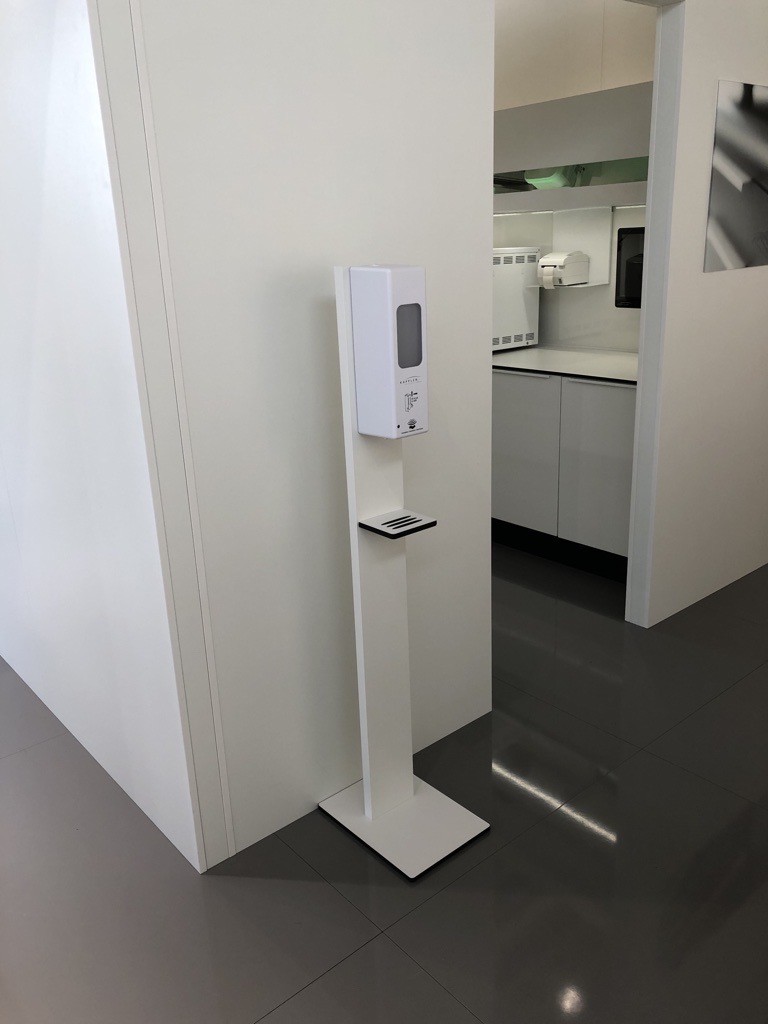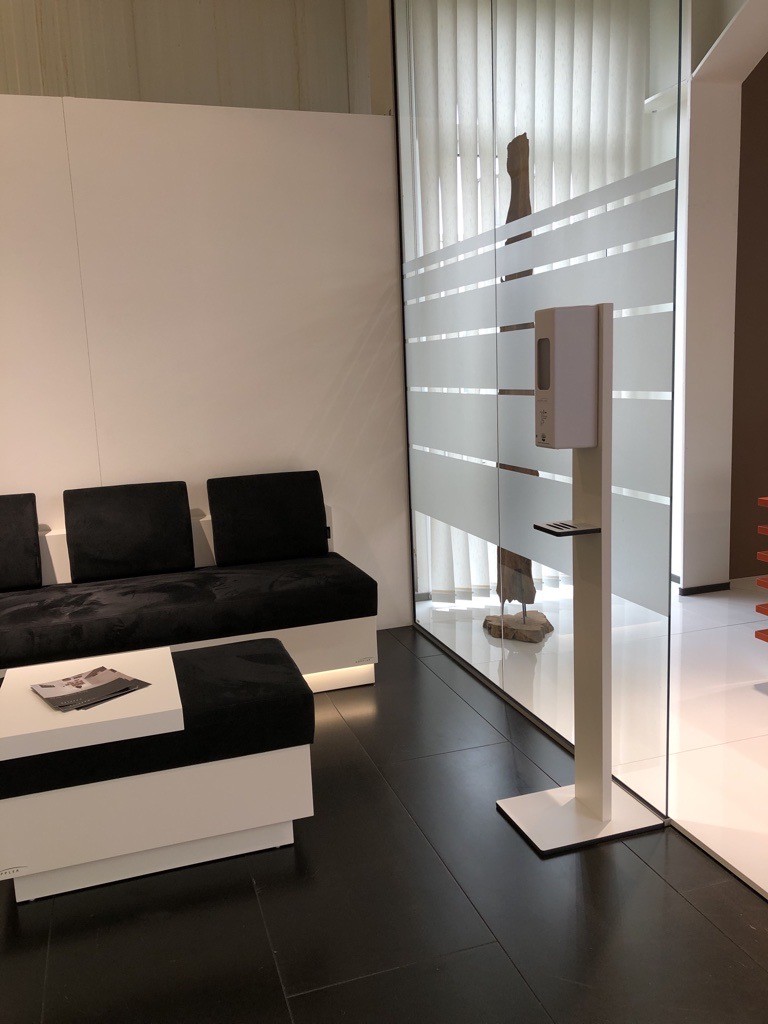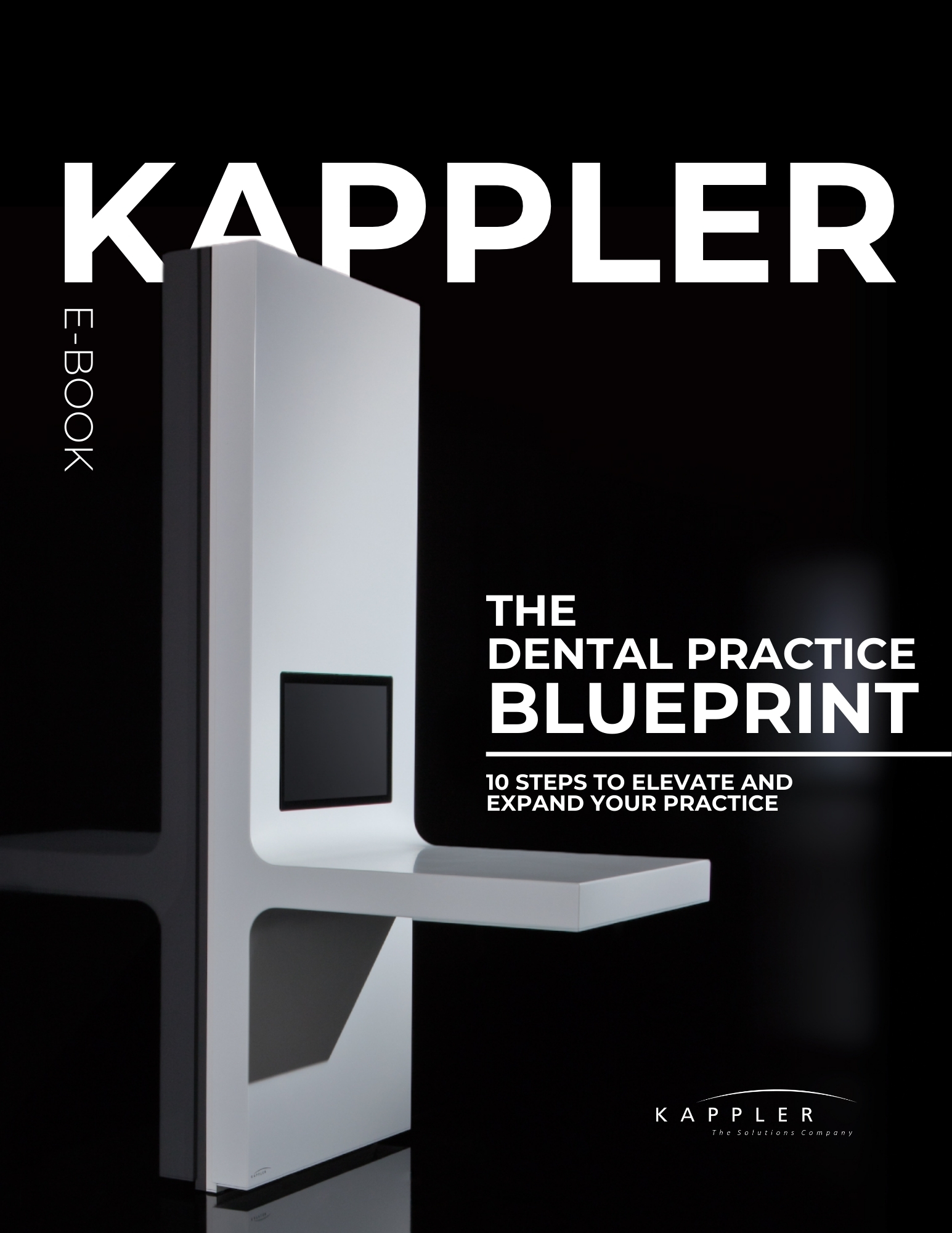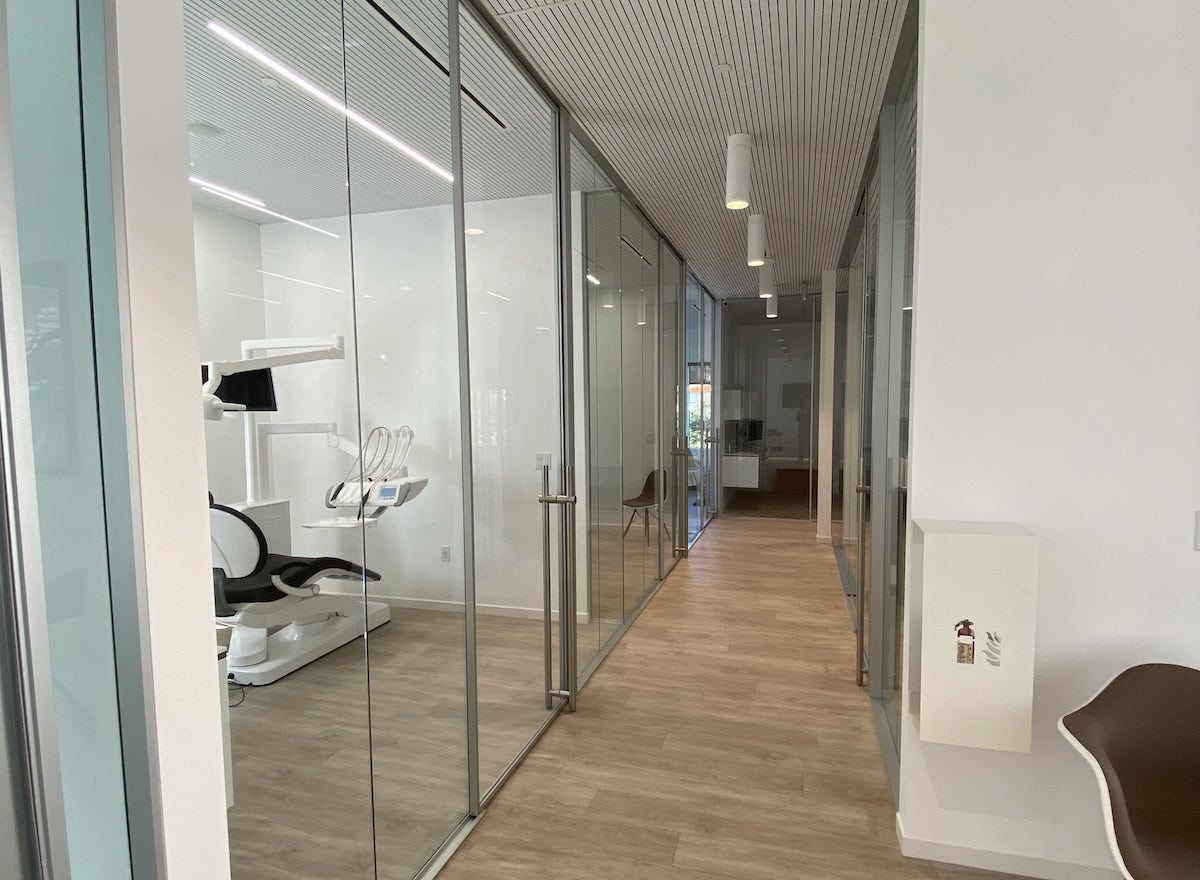
When it comes to planning a Dental Office, Infection Control and Cleanliness should be held to the highest standards. We know that especially during this time, infection control is the most important factor to keep the current virus from spreading and we hear everyone finally talk about it. But IC has always been important, and it always will be. From now on, more than ever.
In today’s blog post we want to talk about Office Design in compliance with the current CDC guidelines in the US. We can’t predict how these guidelines will change after COVID-19, but we know that they will become stricter. Other countries, like Germany, already have much stricter guidelines that will, in our opinion, come to the States soon.
For now, let us look at what we currently have as standard guidelines and help you identify if your office is up to speed.
Environmental Infection Control
Now more than ever, hand hygiene is not only key at medical offices, but also in personal environments. What are your access areas for disinfection for patients and Staff?
But not only cleaning and disinfecting hands became more of an awareness, also cleaning and disinfecting surfaces protects against infections and must be considered.
We know, that in a Clinical environment, surfaces should be cleaned and disinfected between every single patient by using an EPA-registered hospital disinfectant.
Can all your surfaces in your Operatory and Hygiene Rooms be cleaned with disinfectant? Are your cabinets medical grade and will sustain constant cleaning every day?
In addition, how are your Operatories organized? Do you have clutter on your countertops?
The CDC suggests, to facilitate daily cleaning, treatment areas should be kept free of unnecessary equipment and supplies.
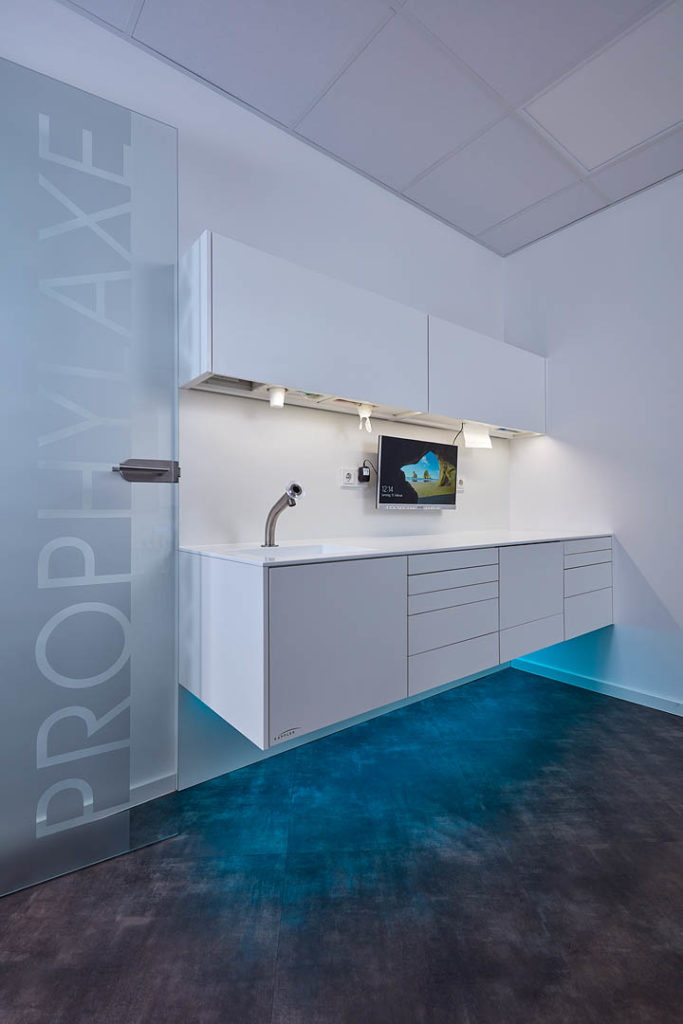
We often see Offices with 2 to 3 cabinets in one room. For a normal Treatment, or Hygiene, you don’t work off of 3 cabinets. So why are they there? The most common question we get asked, is why we usually plan for only on rear cabinet. While there are several reasons that contribute to efficiency and ergonomics, there is also a reason in regard to Infection Control. More countertop space means more surfaces to be cleaned and disinfected after each patient. Consider the time spend to clean unused cabinets.
Another questions we get asked quite a bit is, why we don’t use carpets in our Office Designs but rather have hard surface flooring like LVT or tiles. This is simple. Not only is it a Design element but also a part of Infection Control. It is common knowledge that Carpeting is more difficult to clean than nonporous hard surface flooring, and it cannot be reliably disinfected, especially after spills of blood and body substances.
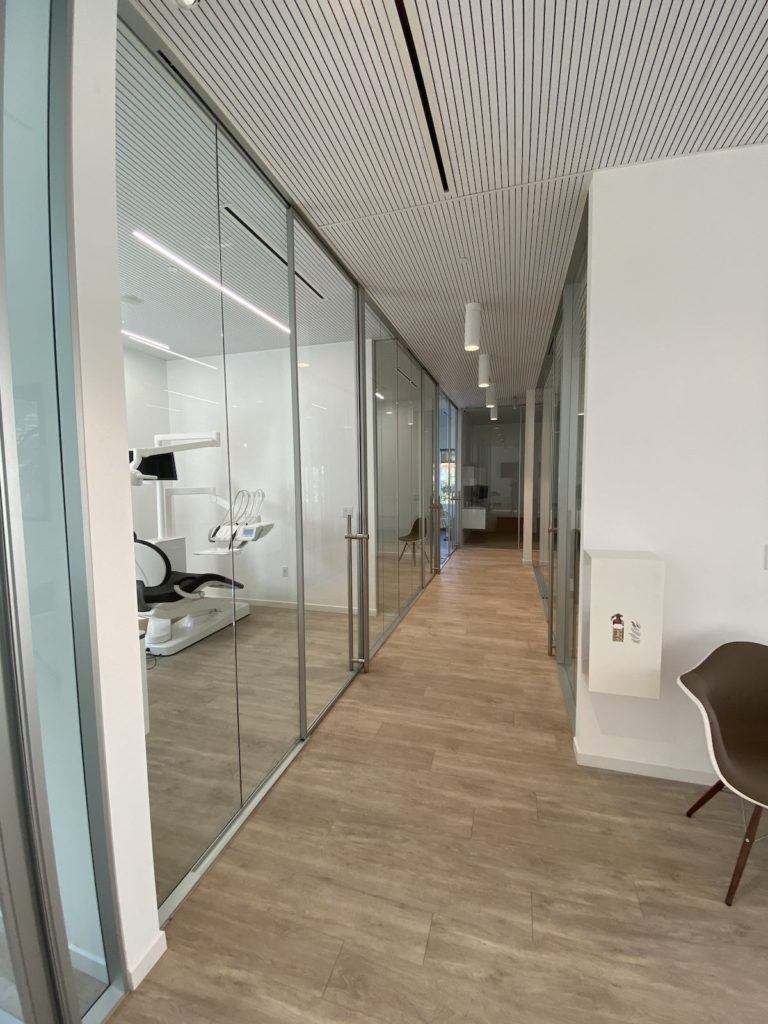
In our opinion, anything that cannot be reliably disinfected, has no place in a Dental Office. Even Studies have documented, the presence of diverse microbial populations, primarily bacteria and fungi, in carpeting. This is a clear, NO GO for us. The CDC suggests that the use of carpeting flooring and fabric upholstery furnishings in clinical areas should be avoided. Even if this suggestion doesn’t fully prohibit carpets in offices yet, we know that it will come. And we are here to make your office future proof.
Plan ahead, plan for the future.



